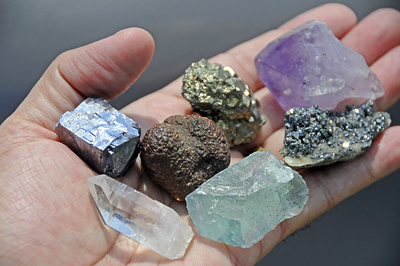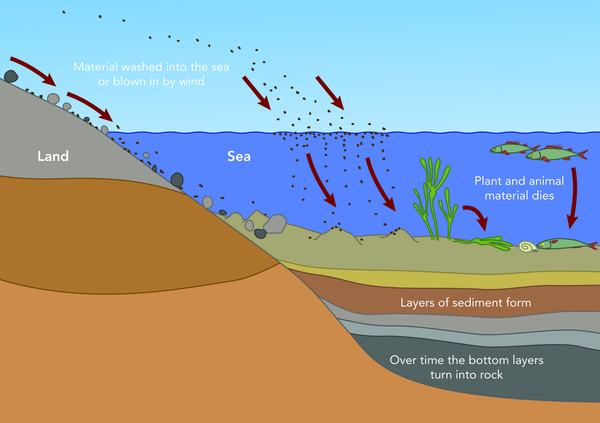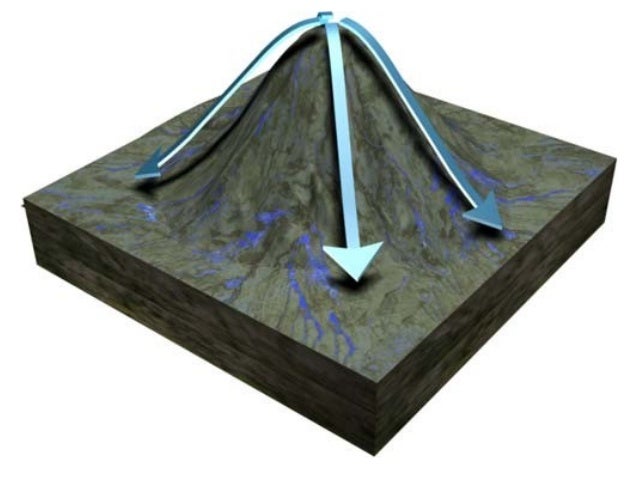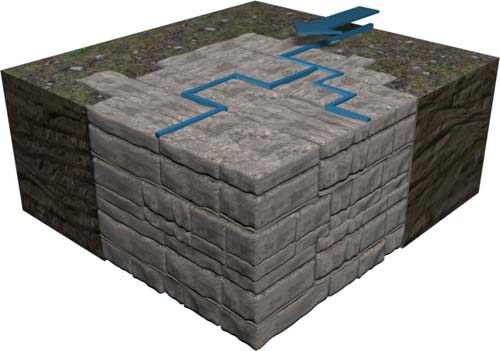Do you have a geography test you need to study for ? Do you want to participate in the Geography Olympiad ? Do you just want to learn something new ? Either way this is the site for you. Have fun !
Friday, May 26, 2017
MINERALS !!!!!!!!!!
Defining a mineral
A mineral is a naturally occurring inorganic solid, with a definite chemical composition, and an ordered atomic arrangement. This may seem a bit of a mouthful, but if you break it down it becomes simpler.
- Minerals are naturally occurring
They are not made by humans - Minerals are inorganic
They have never been alive and are not made up from plants or animals - Minerals are solids
They are not liquids (like water), or gases (like the air around you) - Minerals have a definite chemical composition
Each one is made of a particular mix of chemical elements - Minerals have an ordered atomic arrangement
The chemical elements that make up each mineral are arranged in a particular way - this is why minerals 'grow' as crystals
Take this quiz to find out how much you know about Minerals.

Thursday, May 25, 2017
Climatic zones
Climate Zone: are divisions of the Earth's climates into general climate zones according to average temperatures and average rainfall. The three major climate zones on the Earth are the polar, temperate, and tropical zones. Temperatures in these three climate zones are determined mainly by the location, or latitude, of the zone.
- polar- has the coldest with temperatures almost always below freezing.
- temperate- contains most of the Earth’s land masses with more moderate temperatures and rainfall year-round.
- tropical zones- has the warmest average temperatures and gets the most rain.
Types of Rocks ...
Sedimentary - Sedimentary rocks are made when sand, mud and pebbles get laid down in layers. Over time, these layers are squashed under more and more layers. Eventually, the layers are lithified – turned to rock. Sedimentary rocks can be formed in deserts , lakes, rivers and seas .
Igneous - Igneous rocks are formed by solidification of cooled magma (molten rock) either below (plutonic) or above (volcanic) the surface of the earth.
The magma consists of partial melting of pre-existing rock and can be caused by one or a combination of; an increase in temperature, pressure changes, change in composition.
Metamorphic - Metamorphic rocks are made by either heating up or squashing the earth's crust. They are often found in mountainous regions. One example is slate. Slate was originally a black mud laid down on the bottom of the sea or lake. Fossils can sometimes be found in it but they are often squashed. Other common metamorphic rocks are called marble, gneiss, schist.
Drainage patterns
The 3 main types of drainage patterns are :
Radial Drainage - Radial drainage patterns form when streams and rivers flow off a central peak or dome like a volcano
Radial Drainage - Radial drainage patterns form when streams and rivers flow off a central peak or dome like a volcano
Dendritic drainage - Dendritic drainage patterns look like tree branches with lots of twigs. They form in areas with flat and uniform bedrock like sandstone or shale.
Rectangular drainage - Rectangular drainage patterns have rivers with right-angle bends. They form where the bedrock is faulted and jointed.
Subscribe to:
Comments (Atom)













